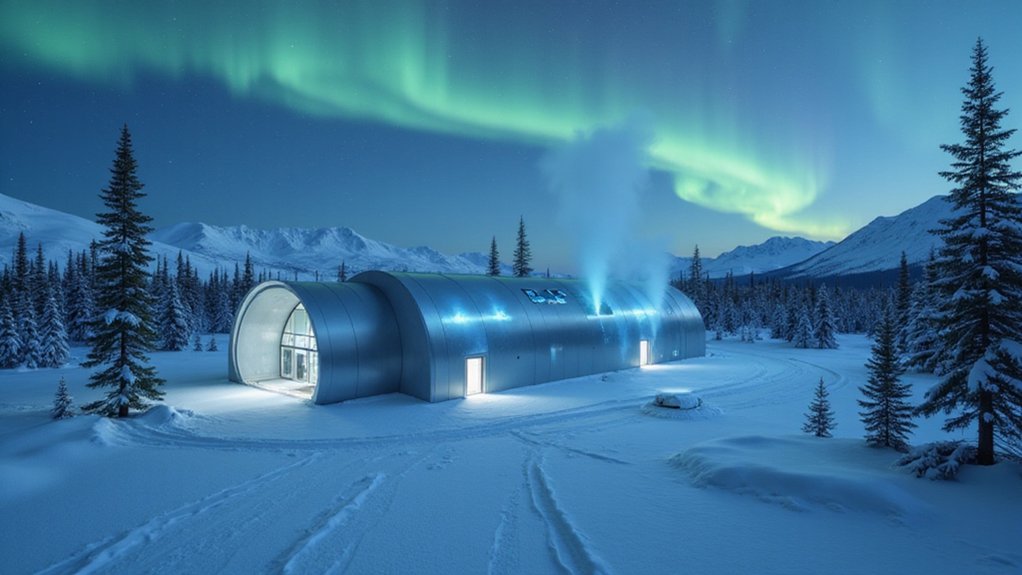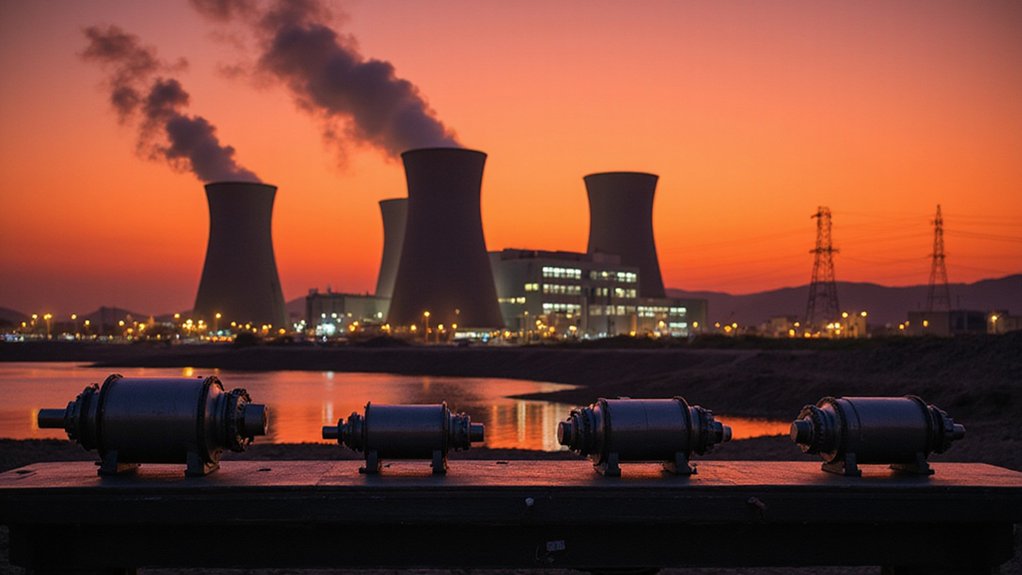Britain just dropped £14.2 billion on Sizewell C nuclear station, betting big that splitting atoms will solve their energy crisis. They haven’t built a nuclear plant since 1995—awkward. The government’s promising 24 gigawatts of nuclear capacity by 2050, plus fancy new small modular reactors from Rolls-Royce. Sure, 10,000 jobs sound great, but nuclear projects have this habit of running late and over budget. The science says it could work, but history’s laughing.
After decades of watching from the sidelines, Britain is betting big on nuclear power again. The government just dropped £14.2 billion on the Sizewell C nuclear station. That’s billion with a B. Energy Secretary Ed Miliband called it the cornerstone of Britain’s net-zero economy. He also said nuclear opponents “misread the science.” Shots fired.
Here’s the twist: Britain invented the nuclear reactor but hasn’t built a power station since 1995. Talk about losing your edge. Now they’re scrambling to catch up, promising a “golden age of clean energy abundance.” The Prime Minister vowed to slash red tape. Because nothing says safety like rushing nuclear projects.
The numbers are wild. Britain wants 24 gigawatts of new nuclear capacity by 2050. That’s enough to power about a quarter of the country. They’re throwing another £2.5 billion at fusion research over five years. Plus £6 billion for nuclear submarines. When you’re in, you’re all in.
Rolls-Royce scored the contract to build Britain’s first small modular reactors. These SMRs are supposedly easier to build than traditional nuclear plants. The government calls them game-changers. Critics probably call them something else. Like in the US, these small modular reactors are gaining traction as innovative alternatives to traditional large-scale nuclear facilities.
February 2025 brought planning reforms that actually allow SMR construction. The old rules only covered projects deployable by the end of 2025. Bit of a problem when nuclear plants take a decade to build. Westminster finally noticed.
Jobs, jobs, jobs. That’s the government’s pitch. Thousands of highly skilled positions. Long-term economic returns. Environmental benefits. They’re painting nuclear as the solution to fossil fuel dependence and temperamental renewables. Wind doesn’t always blow. Sun doesn’t always shine. Uranium? That stuff splits atoms rain or shine. Sizewell C alone will create 10,000 jobs including 1,500 apprenticeships.
Campaigners worry about costs and delivery risks. Fair point. Nuclear projects have a habit of running late and over budget. But Westminster seems determined. They promised a decision on “at least one” large-scale plant before parliament ends in December 2024. Even the US is watching, with bipartisan support emerging for its own nuclear revival.
Britain’s nuclear gamble is massive. They’re betting the house on atoms to save the planet. Time will tell if it’s genius or madness.
References
- https://www.climateaction.org/news/uk-launches-golden-age-of-nuclear-with-14.2bn-sizewell-c-investment
- https://www.semafor.com/article/06/10/2025/uk-goes-all-in-on-nuclear-after-years-of-debate
- https://lordslibrary.parliament.uk/a-new-national-policy-statement-for-nuclear-energy-generation/
- https://www.gov.uk/government/news/government-rips-up-rules-to-fire-up-nuclear-power
- https://world-nuclear.org/information-library/country-profiles/countries-t-z/united-kingdom








